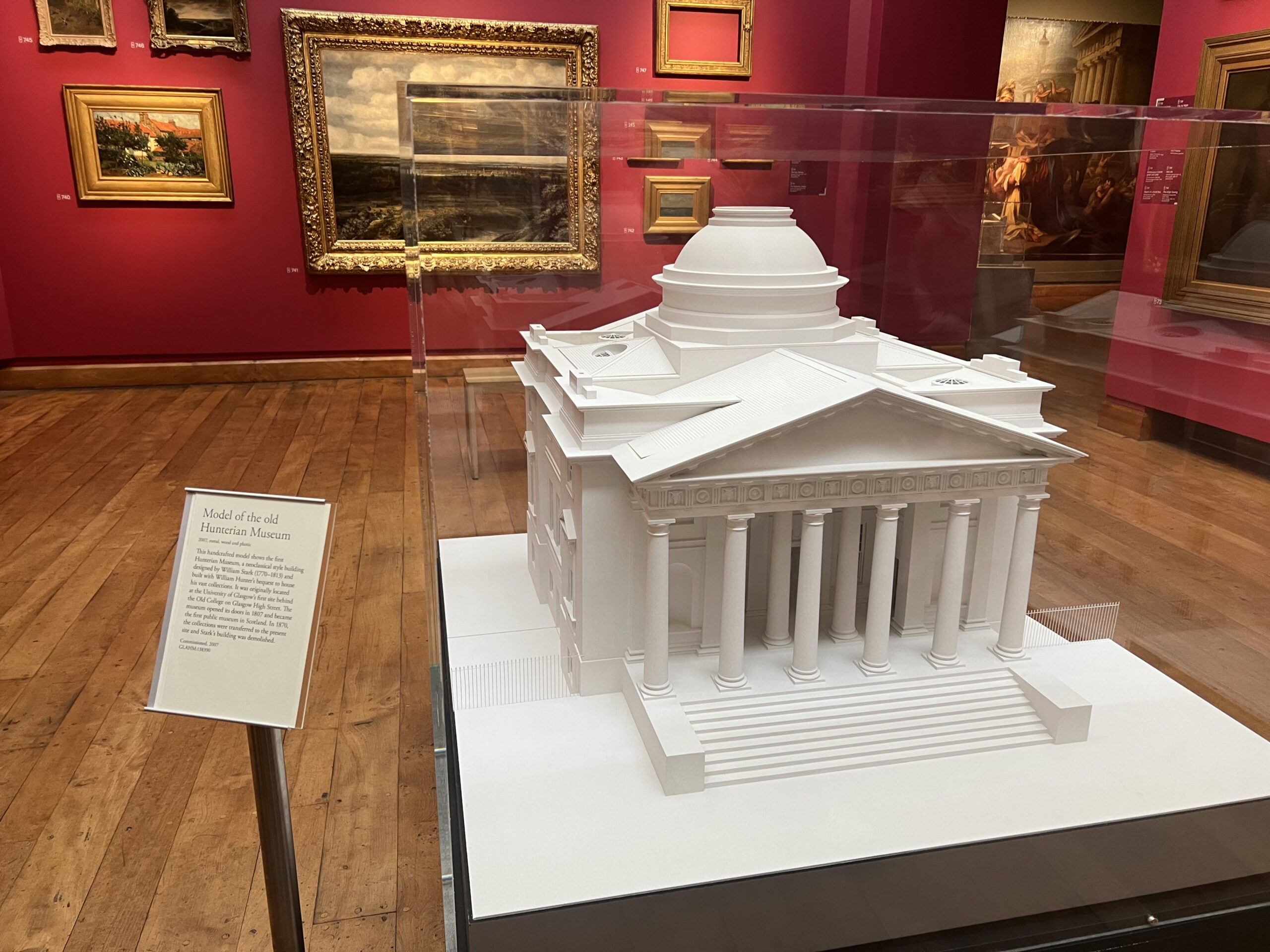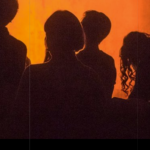Theoretical study of archives
This week we went to Glasgow, where the artists gave us a discussion about their archiving techniques, many of which involve archival material. Their research focused on challenges in the actual archiving process as well as improvements in archival models, which provided us with new perspectives. Archiving has expanded the scope of modern art.
Derrida (1995) argues in Archive Fever: A Freudian Impression that archive fever is the polar opposite issue, as the archive is constantly incomplete, problematic, disconnected, and entangled with unknown ‘originality’. I believe that the ‘archive boom’ in contemporary art should be discussed in the context of larger interdisciplinary technologies, such as globalisation and feminism (e.g., the Glasgow Women’s Library, which we visited), and that these are all topics that are well suited to debate and practice in the art world.

The director was introducing this museum
Archival fever has reshaped the work of contemporary art galleries (Arantes, 2018). In the context of art production, it transcends the concept of simply art practice or categorizing artworks to become a theme of contemporary art practice. Archival fever has also revealed signs of document production and residues, as well as documents and archival materials that have become artworks in and of themselves. Memory, then, is not about reducing artworks to historical documents and records, but about acknowledging that the ‘archive’ is a vital aspect of the contemporary art context.
Reference:
Derrida, Jacques, and Eric Prenowitz. “Archive Fever: A Freudian Impression.” Diacritics 25, no. 2 (1995): 9–63. https://doi.org/10.2307/465144.
Priscila Arantes,Curator; Jul2018, Vol. 61 Issue 3, p449-468, 20p, 8 Color Photographs
Progress of the Panel
During a recent group event, we conducted a thorough analysis of the benefits and drawbacks of web pages and publications. After careful consideration, we generally concluded that utilizing the publication format would be the most effective approach to consolidate our individual projects.
Our collaborative publication approach allows for the sharing of workloads and resources, encompassing tasks such as authoring, editing, design, and marketing. The inclusion of individuals with diverse backgrounds and specialized knowledge can contribute a variety of viewpoints and experiences that enhance the substance and caliber of the publication. Collaboration fosters the sharing of knowledge and facilitates learning, enabling team members to leverage one other’s expertise and talents for their own gain. Collaboratively completing this collection can strengthen unity and shared sense of identity among team members and foster cooperation and team camaraderie.
However, our collaboration on publications may provide quality control issues due to varying standards and expectations among different individuals.





